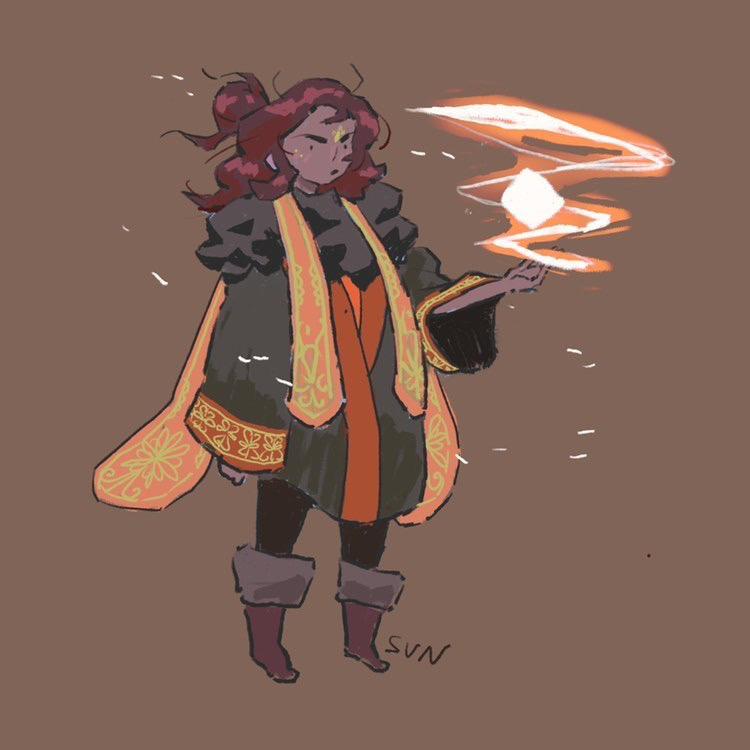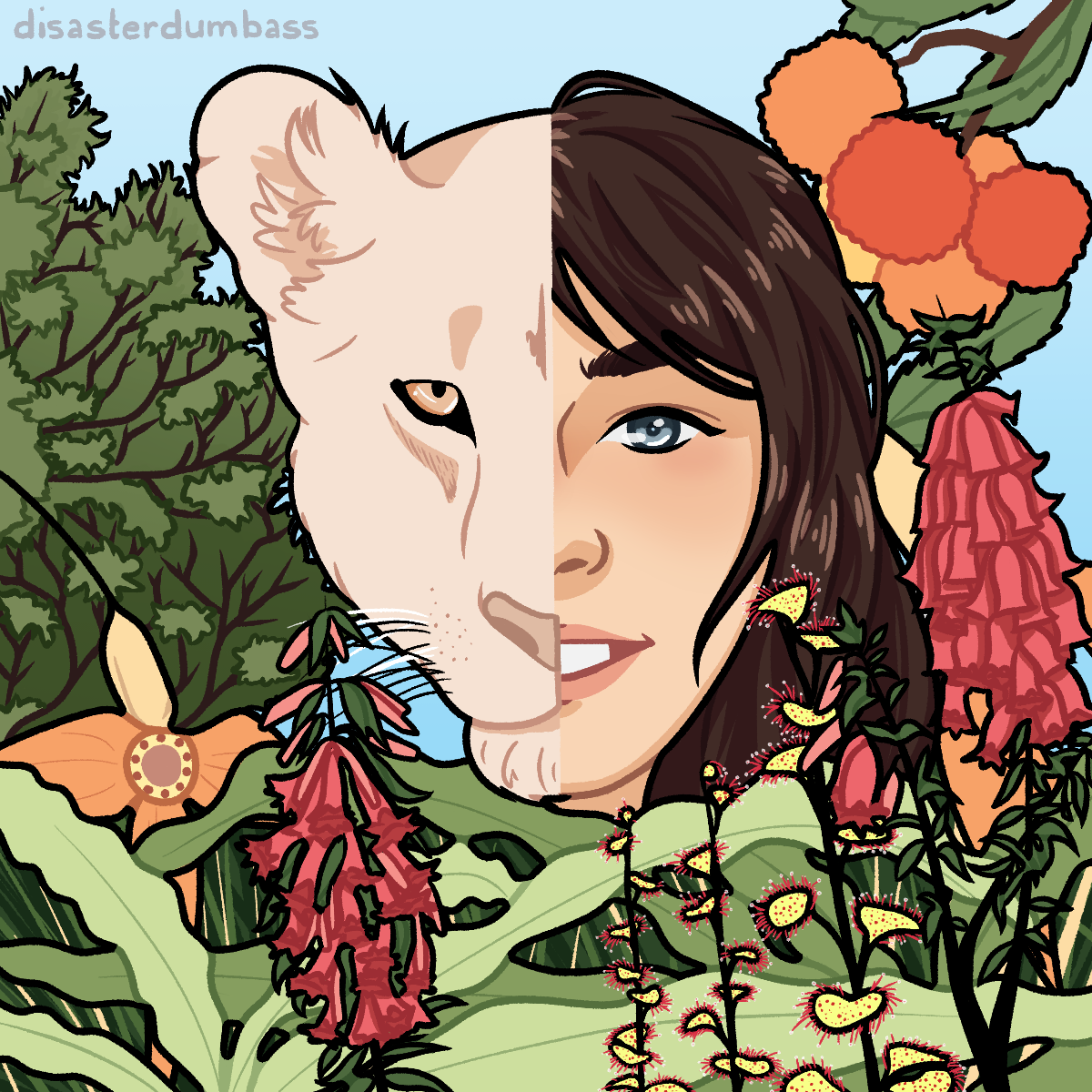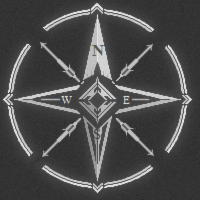I swear to you, the mountains are alive. The rocks were moving, crawling all over the slopes like a swarm of insects!— A new visitor to The Teeth
Above the foothills of
The Teeth, on the slopes where trees give way to rocky shale, live the rock crabs. Highly camouflaged amongst the
rocks where they live, newcomers to the
mountains occasionally mistake them for living stone.
Anatomy
The most notable feature of the rock crab is their uncanny resemblance to a mountain stone. The shells that make up the main part of their bodies are dark- to medium-grey in colour, with speckles that mimic natural variations in the land.
Rock crabs are decapods, with four pairs of segmented legs, and one pair of claws. The claws are rather large and strong, made for crushing stone into powder for them to eat.
They have two eyes on stalks on the top of their shells, though their vision is generally poor. Instead, rock crabs sense vibrations in the ground, which warns them of the approach of predators.
Rock crabs are sexually dimorphic, in that females are twice as large as the males. Males also have a patterned underbelly, which they use to attract females.
Behaviour
Rock crabs spend most of their lives crawling over the slopes upon which they live, searching for food. During the hottest part of the day, however, they remain still, soaking up the sunlight through their shells. Though solitary by nature - except in the breeding season - they have been observed to communicate with each other by drumming their claws on the ground to produce vibrations.
If a rock crab is frightened, it will withdraw its legs and claws underneath its body, disgusing itself as a rock. If repeatedly threatened or provoked, they will lash out with their claws, though this is generally a last resort.
During late
autumn to early
spring, when even the foothills and surrounding lands are covered in
snow, rock crabs go into hibernation. If necessary, these crabs can hibernate for up to a year under the ice.
Reproduction and Young
Late spring, when the majority of the
winter snow has melted, is mating season for the rock crabs. Males compete for female attention by standing on their back legs with their claws in the air, showing off the patterns on their underbelly. Males with darker, more intricate patterns generally are the first to win mating rights.
Female rock crabs carry their eggs - known as roe - under their abdomens. A single female can produce between one hundred and two hundred eggs in a single mating season. These eggs hatch in the late
summer, when the mountains are at their warmest.
Unlike the majority of other crab species, which go through larval stages, rock crabs hatch as miniature versions of their adult selves. The newborn crablings are only a couple of millimetres in width and their shells are soft and translucent. For the first few days, the crablings remain under their mother's shell whilst they are still soft and vulnerable. After three to four days, the crablings' shells harden and they leave the safety of their mother to find their own way in the world.
As rock crabs grow, they moult their old exoskeletons as they become too small. For a day or so after they have moulted, they are as soft and vulnerable as they were when they were first born. This is one of the most dangerous times for a rock crab, when they are most susceptible to predation from creatures such as
pygmy rocs,
mountain kestrels, or even the elusive
rock bear.
Cultural Significance
Rock crab meat is generally considered a dish for the lower classes in both
Kaien and
Serukis. It is standard fare in many communities that live in the foothills of The Teeth, especially working communities. These include the
logging camps and
sapphire mines of Serukis, and the
pine tree tea plantations in Kaien.
In Serukis, rock crab roe has become a speciality that is enjoyed by the nobility, even as they look down upon the commoners who consume the meat. In the working communities, however, the roe is especially valuable to the children, as it is full of protein and fat that helps them survive the harsh winter months.
In the working communities along The Teeth, the shells of the rock crabs are often used as plates or bowls, as they are sturdy and resistant to breaking.
For the
Koushan Mai people, rock crabs are considered sacred to
Damek, god of mountains and sky.
Legend tells that Damek brought stones to life to act as his eyes. It is taboo to hunt and consume rock crabs, and it is considered good luck to spot one away from its normal habitat of the mountain scree slopes.














Crabs! I love Attenborough-esque tone of this article. And the difference in the perceived value of the eggs is perfection. I can see a conflict boiling there.
Yeah - food for children versus expensive delicacy. Sadly we know who would win. But, luckily, rock crabs are currently in abundance so it's not an issue - yet! Thank you so much! <3
Explore Etrea